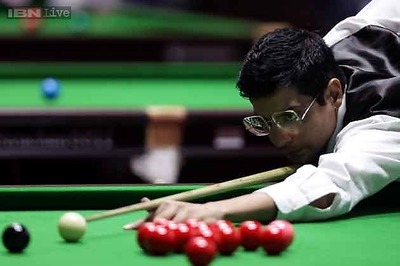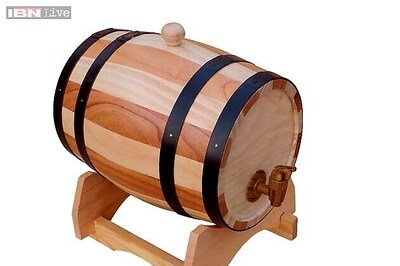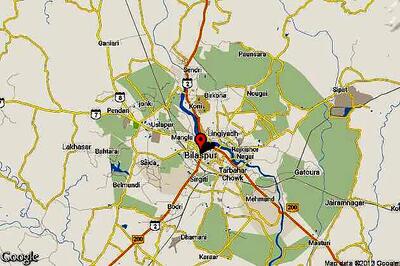
views
Juvenile Idiopathic Arthritis (JIA) is a type of arthritis that occurs in children under the age of 16. It is also known as Paediatric Arthritis. It is characterized by persistent joint inflammation that can affect one or multiple joints. It is the most prevalent kind of arthritis in children. If left untreated, JIA can have a major negative effect on a child’s quality of life by causing joint deterioration, development issues, and reduced physical function.
Dr Rajesh Kumar Verma, Director & HOD, Orthopedics, Trauma & Spine Surgery, Marengo Asia Hospital, Gurugram, says, “In order to control symptoms and avoid long-term problems, early diagnosis and adequate treatment are essential. The initial step in making a diagnosis involves obtaining a detailed medical history from both the child and their parents, focusing on symptoms such as persistent joint pain, especially in the morning, swelling, stiffness, decreased mobility of joints, increased temperature, redness and tenderness around the joint and limping gait.”
Children with juvenile arthritis are also more susceptible to infections like tonsillitis and recurrent sore throat due to weakened immunity.
If the medical history indicates juvenile idiopathic arthritis, a comprehensive clinical assessment is undertaken to evaluate joint swelling, tenderness, deformities, and range of motion. Input from paediatricians and cardiologists may be sought.
Dr Verma adds, “Diagnostic tests, including blood tests such as complete blood count, ESR, CRP, Anti-CCP, RA factor, and other specialized tests to rule out autoimmune disorders, as well as radiological investigations like X-rays, ultrasound, and MRI, are conducted to confirm the diagnosis.”
Symptoms of Arthritis in Children
Arthritis in children presents a variety of symptoms and These symptoms may vary depending on the type of arthritis and the severity of the condition. Dr Verma shares the common signs and symptoms to watch out for:
- Joint Pain and SwellingContinuous pain and swelling in one or more joints, which frequently gets worse in the morning or during physical exercise. There may be a warm feeling in the joints.
- StiffnessA child’s inability to move their joints freely due to stiffness in the morning or stiffness after periods of rest.
- Limited Range of MotionInability to fully bend or straighten joints, resulting in decreased mobility and functional restrictions.
- Fatigue and IrritabilityPersistent pain and disturbed sleep patterns may be the cause of this widespread weariness and irritability.
- Limping or FavoringA child’s gait or physical activity may be affected if they limp or avoid utilizing specific joints because of pain or discomfort.
- Systemic SymptomsFever may be a sign of systemic inflammation, particularly when it coexists with joint pain. Certain juvenile individuals may have rashes or inflammation of the eyes (uveitis).
In addition to joint-related symptoms, associated fever and potential involvement of other systems such as eye, kidneys, liver, and most importantly, cardiac issues should be evaluated.




















Comments
0 comment